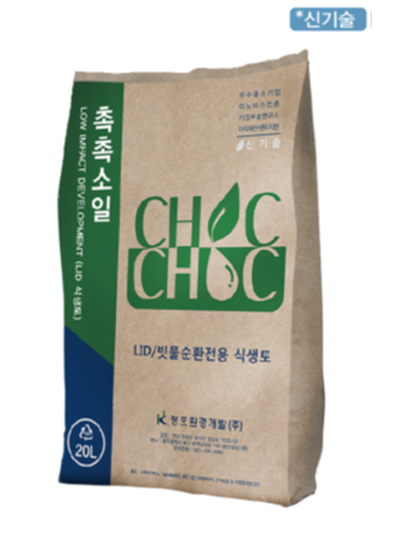Principles of Natural Purification Using Plants and Soils
Choc-Choc Soil Characteristic
- Better self-vacuum than sand or general vegetative soil, effectively providing habitat for microorganisms
- Provide adequate penetration speed (if too fast, water purification function will be lost; if too slow, clogging will progress)
- Support for vegetation and soil biological groups (creating ecosystems in bio-retention to prevent biological purification and occlusion)
- Provides water treatment (Adsorption, filtration, biological decomposition)
- Adsorption of heavy metals and removal of nutrient salts (P) by cation exchange
- Engineered Soil
- Ensuring breathability, moisturizing, and tightening
Saturn classification by sand, mass and clay ratio
Conditions for choc-choc Soil (bioretension soils)
- It should be manufactured to maintain the function of bio-retention by selectively mixing sand, clay (powder), and soil organic matter (compost).
- In general, soil defined as loam, sandy loam, and high quality loam are used to meet the performance goals of bio-retention soils, and used in combination with other ingredients to maintain vegetation and create a biological environment
- Organic substances used in bio-retention soils should not contain axons, human flour, etc



